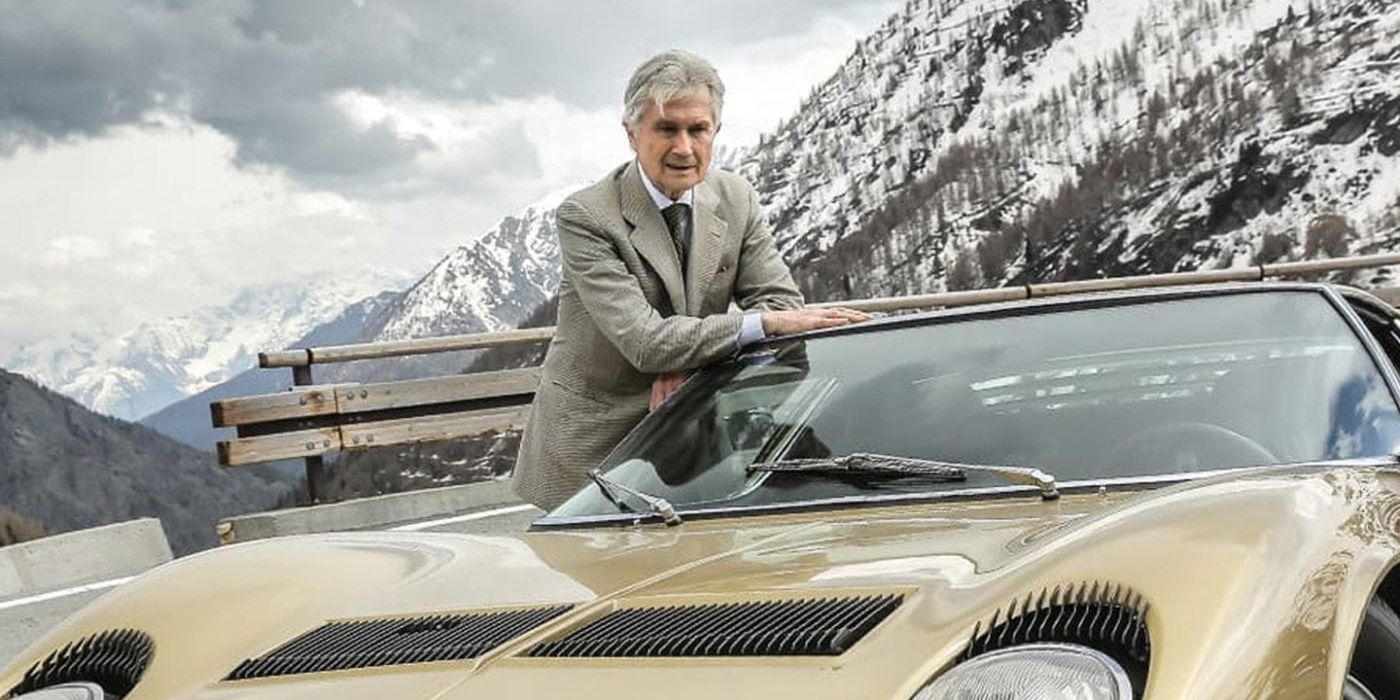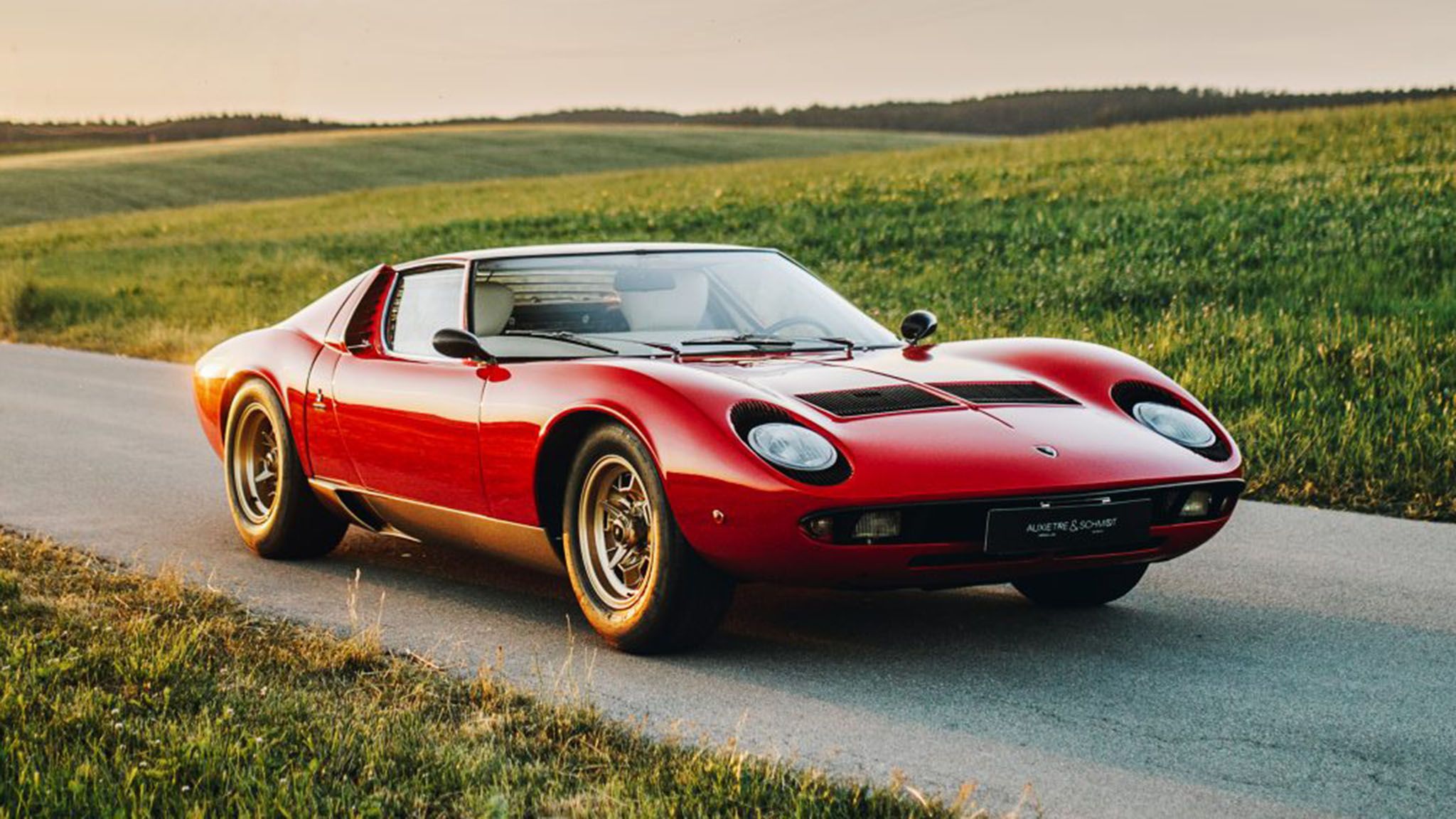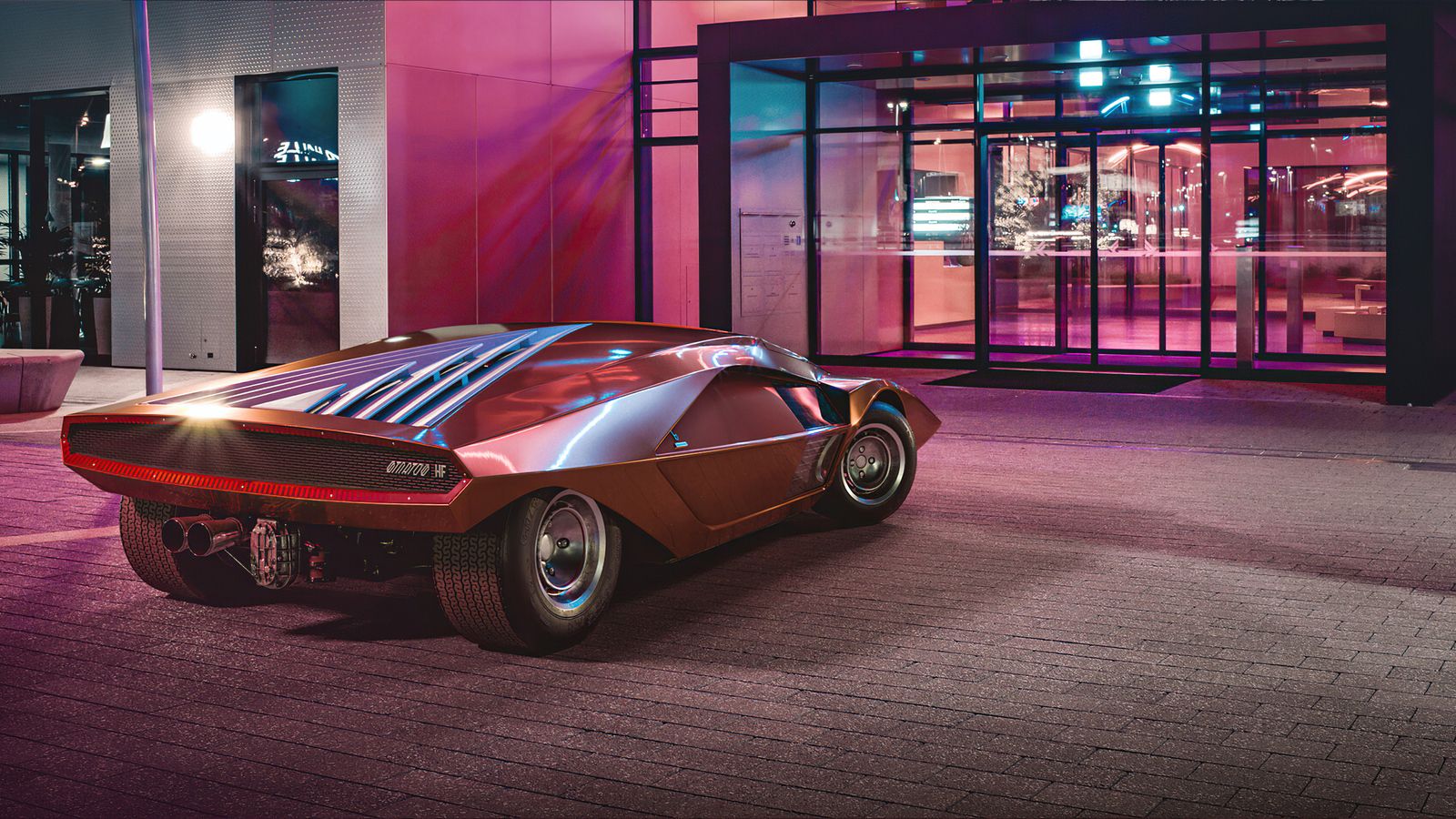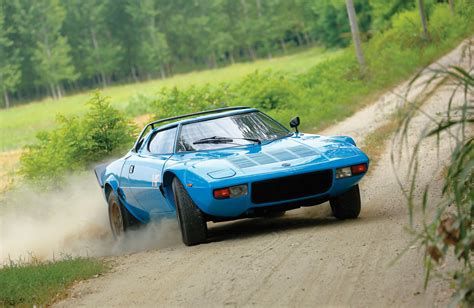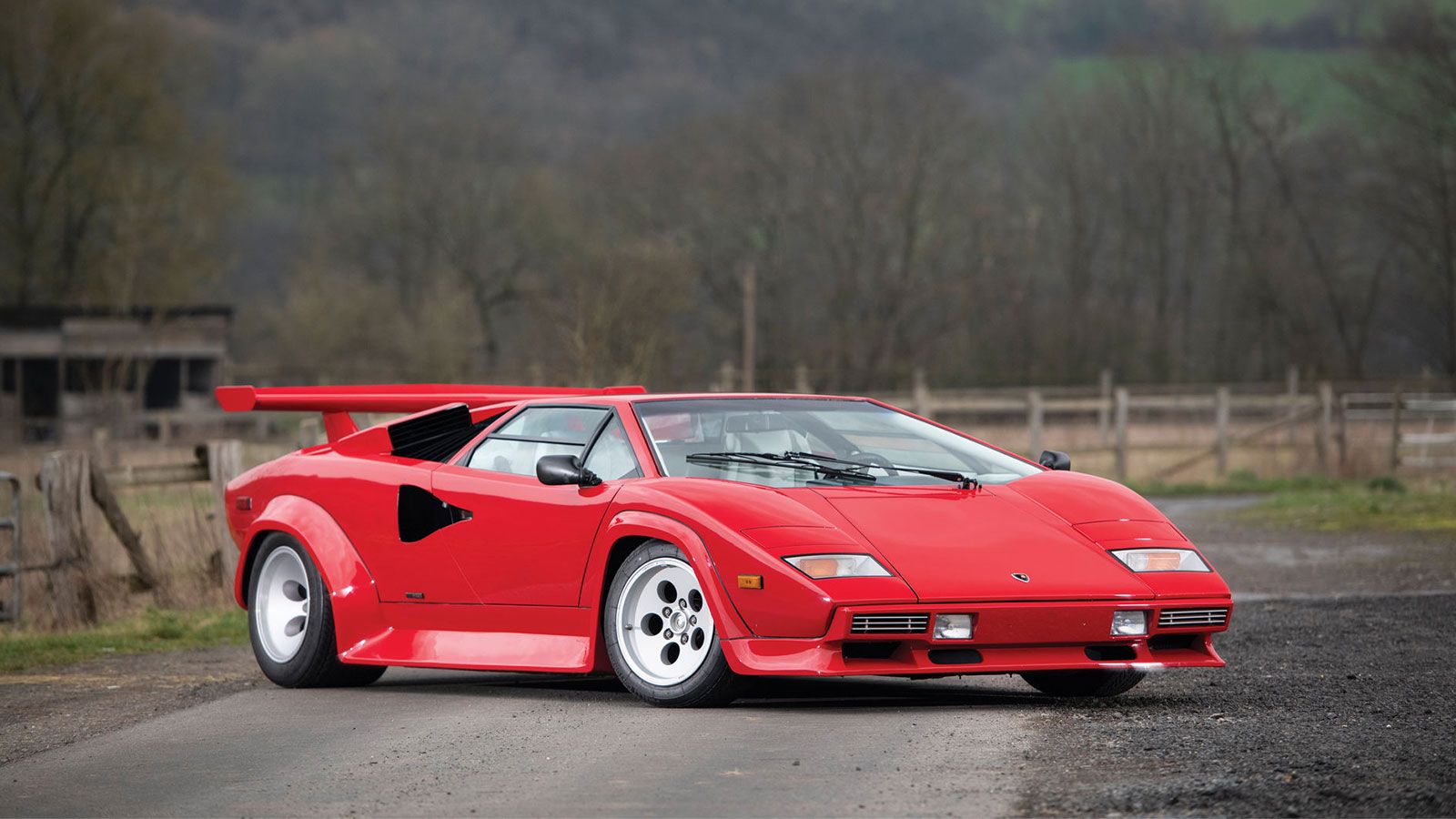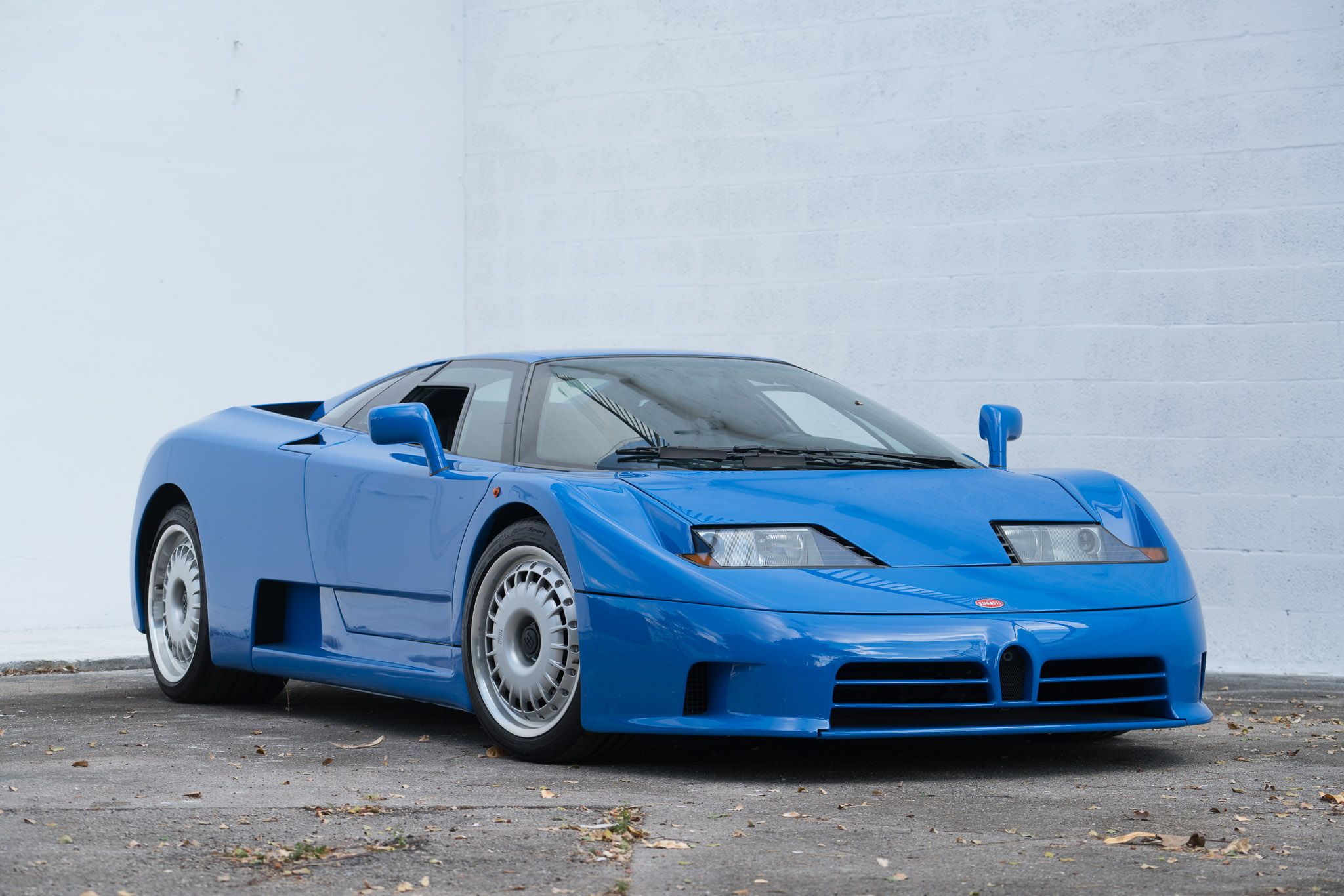Iconic is a word that has been thrown around haphazardly in recent times, but when you think of iconic cars of the last sixty years, the ones that come to mind tend to be the brainchild of a certain few of the automotive design world. And when you look at the cars that plastered the bedroom walls of young boys who dreamed one day of driving their automotive heroes, there is one man who takes pole position. Marcello Gandini.
Gandini's story, much like other automotive designers of the era, is one of humble beginnings. Born in 1938 in Turin, Italy to an Orchestral Conductor father, Marcello conducted design brilliance over a long career, not just in automotive design, but industrial, interior, and aeronautical with the Heli-Sport CH-7 helicopter. Gandini saw car design as more than the appearance of the vehicle's bodywork. His design interests were focused on vehicle architecture, construction, assembly, and mechanisms. His style is recognizable across his designs as being sharp, angular, and wedgelike.
Lamborghini's Two Most Sought-After Cars: The Miura And Countach
Marcello Gandini began automotive design when he joined legendary coachbuilder, Gruppo Bertone in 1965. Two years prior he had approached Bertone for a job but was turned down under the opposition of compatriot and birth year contemporary, Giorgetto Giugiaro, another of the most influential automotive designers of his era. However, when Giugiaro left Bertone two years later Gandini was hired. It didn't take long for the young Italian to start firing on all cylinders. At the 1965 Turin Auto Show, Lamborghini unveiled the 400 TP rolling chassis to the motoring world. It faced a queue of potential customers and a number of coachbuilders hoping to design the bodywork. Ferruccio Lamborghini turned to Bertone, and with the help of chassis developer, Gian Paolo Dallara, Gandini designed the bodywork for the car that would be called the Miura, in just three months.
Fast forward to the late 60s and Gandini is Chief Designer at Bertone. His success with the Miura has set a precedent for his style of beautiful flowing lines, soft edges, and sleek features, but he was about to rip up the drawing pad. At the 1968 Paris Motor Show, the Alfa Romeo Carabo concept car is unveiled. Built on the chassis of arguably the most beautiful Alfa Romeo ever made, the 33 Stradale, the Carabo couldn't be further away from the voluptuous, elegant design of its donor. Compared with the other alluring cars of the time, the Jaguar E-Type and Toyota 2000GT, the Carabo looks like it came from a different century. It had a number of pioneering features, including scissor doors, which would later be made famous on the Lamborghini Countach. The Carabo was never put into production, but its wedgelike design influenced many cars to come in the future. Bertone said it was 'a bold but aesthetically and functionally valid vision of the sporty car of the future.'
The 70s Would Prove To Be Gandini's Best Years For Car Design
By 1970, Gandini had worked with an impressive number of manufacturers, namely, Lamborghini, Alfa Romeo, and Autobianchi. But it was with Lancia that his most outrageous project would come to fruition. Bertone was in competition with Pininfarina, another legendary coachbuilder, to secure the contracts for designing cars for the best manufacturers. At the 1970 Turin Auto Show, Bertone revealed what was going to be the world's ultimate wedge-shaped supercar, the Lancia Stratos Zero. It was so futuristic, so angular it looked like it had landed from space. It didn't even have any doors, the driver would have to lift up the windscreen to get into the car. The Zero was built to entice automakers into choosing Bertone as their coachbuilder, and it worked. Nuccio Bertone, the then head of the company, drove the car through the streets of Turin to the Lancia factory where he had a meeting scheduled. Allegedly, he was refused entry, however, Nuccio cannily drove the 33-inch high car under the lowered barrier and attended the meeting, resulting in a contract that would produce the Lancia Stratos HF.
Seemingly the king of the wedge design, Gandini was flying high by the early 70s. By 1974 he had designed a whole host of exotic sports and supercars, from the Fiat X1/9 and Ferrari Dino 308 GT4 to the De Tomaso Pantera SI, and Lamborghini Espada. He even tried his hand at something a little tamer, the first-generation BMW 5 series, co-designed with Paul Bracq. But there were two cars that year that would propel his legacy into the Stratos(phere). The Lamborghini Countach and the Lancia Stratos HF. Both of these cars had been heavily influenced by earlier Gandini works, the Countach would not have been without the Miura or Alfa Carabo, and the Stratos Zero although, unlike the production model, gained Bertone the contracts to design it. The Countach would also be the first production car with scissor doors. Both of the production variants gained huge recognition, not only for design but in the case of the Stratos, for rallying.
Interestingly, Gandini explains the origins of the Countach name as coming from late evenings working on the first car for an auto show. A two-meter tall profiler with huge hands would work on the locks and smaller parts of the car. He frequently exclaimed 'Countach' in his Piedmontese tongue, which is used to express amazement or admiration. Gandini joked that is what they should call the car, and after consulting test driver and mechanic Bob Wallace on what it would sound like to an Anglo-Saxon ear, it stuck.
By 1980 Gandini Would Leave Bertone To Pursue Freelance Design Projects
Before leaving Bertone in 1980, Gandini would work with Renault to produce the Renault 5 Turbo. But after 15 years with the Italian Coachbuilder, he left to pursue freelance design work. He didn't stick to just automobiles either, designing for industrial and interior purposes and even the body of a helicopter. His most notable works after 1980 were the Citroën BX family sedan, (his most successful design by production numbers) Bugatti EB110, and Lamborghini Diablo of which was changed somewhat under Chrysler's takeover. Gandini was unhappy about this so teamed up with Cizeta to create the Moroder V16T, a sharper version of the soft-focus Diablo, truer to Gandini's design and legacy of the Countach.

